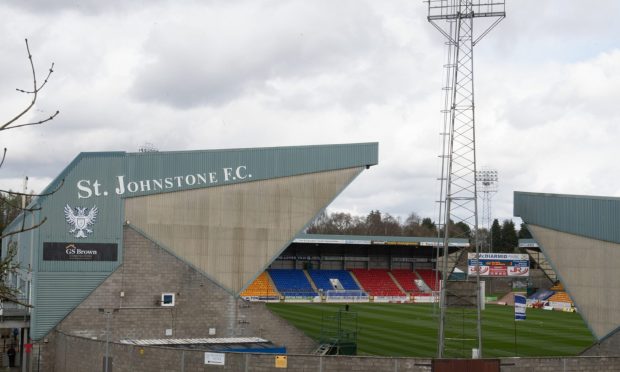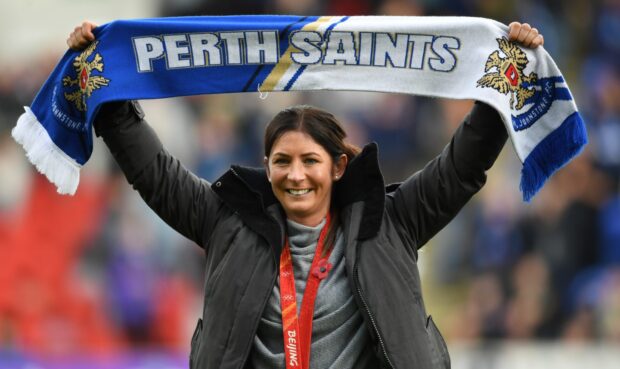I made a mistake in this column two weeks ago. I’m surprised you didn’t notice.
It was a tense. I wrote “shook” (simple past tense) when “would have shaken” (conditional perfect tense) should have been used. I apologise.
It is, I freely admit, funny to see me (always rattling on about mistakes in English) hoist by my own petard. I deserve your mirth.
There is a long tradition of mistakes in newspapers. We are good at them.
I must warn a few examples I quote here are, by necessity, a little rude!
The “typo”, a spelling mistake or missed letter, is one thing: “One in for children can’t spell properly” (missing a u in four), or “2.5 people are starving” (missing an m in 2.5m), but mistakes come in many forms.
One of my favourites is the headline that makes sense, but also doesn’t make sense: “Dead man was driving too fast” or “Miners refuse to work after death” or “Diana was still alive hours before she died”.
The bleeding obvious heading can also be amusing: “Dead body found in cemetery”, “Police raid gun shop and find weapons”, “Something went wrong in jet crash”.
Then there is the dreaded double entendre: “Queen Mary in dry dock having her bottom scraped” or “Crowds flock to view massive organ”.
The day after Dundee United beat Borussia Monchengladbach 5-0, the billboards outside newsagents proudly announced: “United lick German cracks”.
Mistakes from mis-hearings can be troublesome. I felt sorry for a young reporter attending a traffic accident who, standing by a busy road, wrote “fatal” injuries when “facial” injuries was what a policeman had told him. We reported a death instead of a cut eyebrow.
Perhaps the worst are mistakes which show plain bad spelling skills. I am thoroughly amused by a description of a footballer sent off for committing a fragrant foul and also like: “Dundee manager sacked by the club’s bored”.
And you will have noticed, I’m sure, the letter I is next to the letter O on a QWERTY keyboard.
A misplaced finger stroke can cause quite a problem. You don’t want to type sock when you mean sick, kock when you mean kick, or: “The Sea Princess was moored at Dundee’s King William IV Dick”.
My favourite mistake of all time was an I is next to O example. It wasn’t a headline, it was in the text of a sports report.
It is the mental image it conjures: “Sturrock fired a long drooping shit over the bar”.
Word of the week
Didactic (adjective)
Intended to teach, particularly in having moral instruction. EG: “All these swear words will hopefully have a didactic effect.”
Read the latest Oh my word! every Saturday in The Courier. Contact me at sfinan@dctmedia.co.uk










